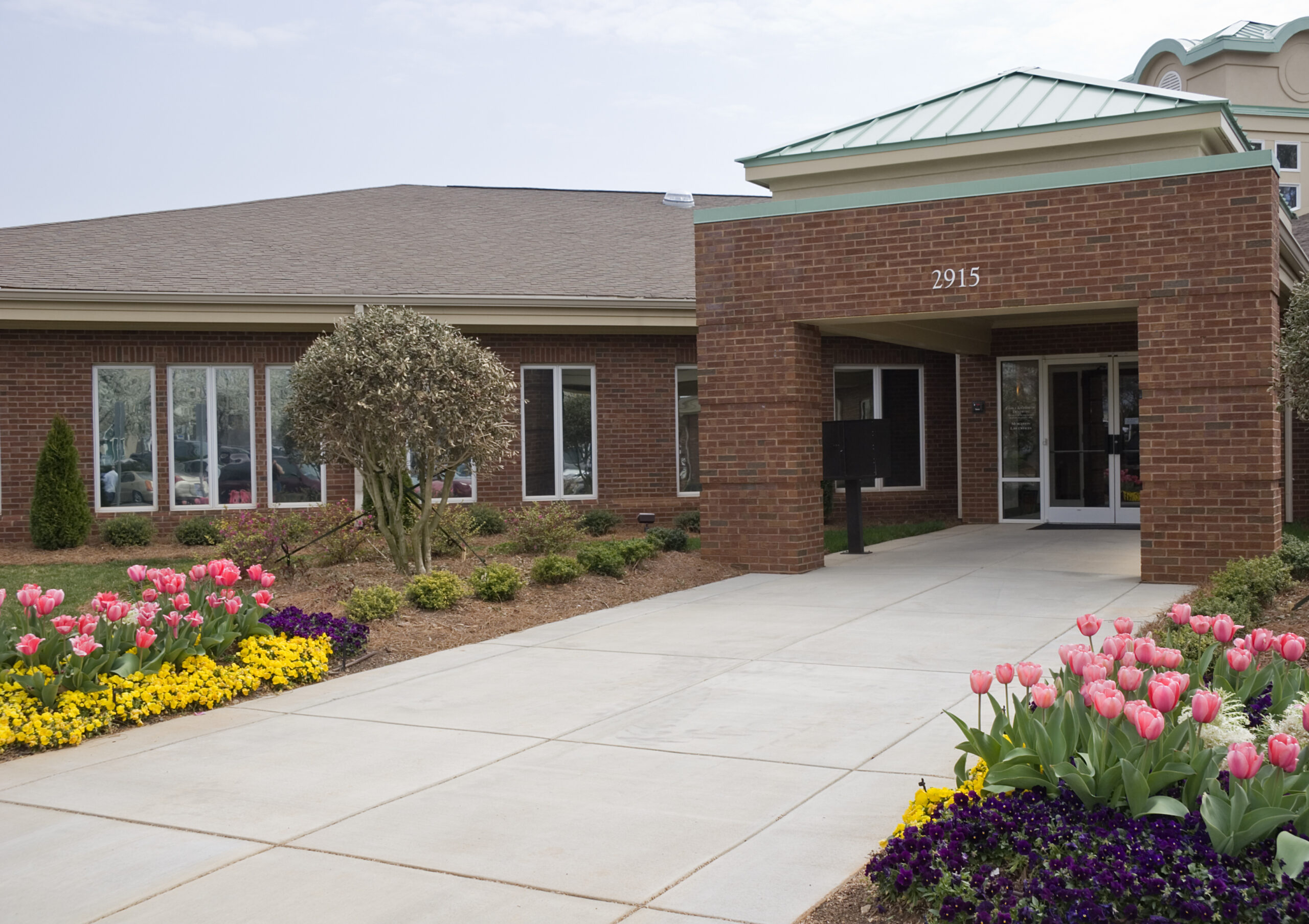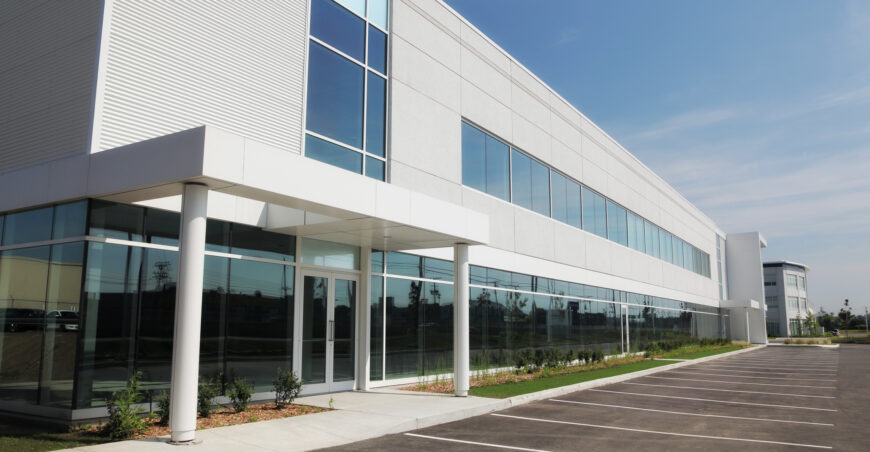Investing in medical real estate has become an increasingly attractive option for investors seeking stable returns. As the demand for healthcare services continues to grow, driven by an aging population and advancements in medical technology, investing in medical real estate has become an increasingly attractive proposition. The sector’s resilience, driven by the growing demand for healthcare services, makes it a promising area for both seasoned and new investors. However, to truly maximize the return on investment (ROI) in medical real estate, it’s essential to adopt strategic approaches that address the unique aspects of this market. Let’s explore the key strategies for maximizing ROI in medical real estate investments.
Understand the Market Dynamics
The first step in maximizing ROI in medical real estate is to understand the market dynamics. The healthcare industry is not only growing but also evolving, with trends like telemedicine, outpatient care, and specialized treatment centers shaping the demand for medical facilities. Investors should keep a pulse on these trends, ensuring that their properties align with the current and future needs of healthcare providers.
For instance, the shift from inpatient to outpatient care means that there is increasing demand for ambulatory surgery centers and urgent care facilities. Investing in properties that cater to these trends can position investors to capture a significant share of the market, driving higher returns.
Choose the Right Location
Location will always be crucial in real estate, and medical real estate is no exception. A prime location for a medical facility should have easy access to major highways, public transportation, and be near residential areas. Proximity to other healthcare providers, such as hospitals or specialty clinics, can also enhance a property’s appeal.
When considering a location, it’s also important to research the local demographics. Areas with a higher percentage of aging populations or those with specific healthcare needs can offer a stable and growing demand for medical services, ensuring a steady stream of potential tenants and clients. Investors should also consider the competitive landscape, ensuring that the location is not oversaturated with similar facilities

Leverage Long-Term Leases
One of the unique aspects of medical real estate is the tendency for long-term leases. Healthcare providers often prefer long leases due to the significant investment required to outfit a medical facility. These long-term leases provide a stable and predictable income stream, which is critical for maximizing ROI.
Investors should negotiate leases with escalation clauses that account for inflation and market conditions. This ensures that the property’s income keeps pace with rising costs, preserving profitability over the long term.
Understand the Unique Needs of Medical Tenants
Medical tenants have specific needs that are different from traditional office or retail tenants. Understanding these tenant retention strategies can help you create a property that attracts and retains high-quality tenants, which is key to maximizing ROI.
Medical facilities often require specialized infrastructure, such as higher power capacities, advanced HVAC systems, and plumbing configurations to accommodate medical equipment and facilities like laboratories, operating rooms, and imaging centers. Additionally, the layout must be conducive to patient flow, with considerations for waiting rooms, examination rooms, and privacy concerns.
Investing in these specialized buildouts may require a higher upfront cost, but the payoff can be substantial. Because medical tenants typically sign longer leases – often ranging from 10 to 20 years, this also means that there is a stable and reliable income stream for property owners.
Focus on Tenant Quality
The quality of tenants in medical real estate is a significant factor in maximizing ROI. Reliable and financially stable tenants, such as established healthcare providers, large medical groups, or hospitals, reduce the risk of vacancy and default. When considering potential tenants, investors should assess the tenant’s creditworthiness, reputation, and the sustainability of their business model.
Additionally, a diversified tenant mix can enhance the stability of an investment. For example, a medical office building that houses a variety of specialties such as general practitioners, dental offices, and physical therapy clinics can mitigate the risk associated with any single tenant or specialty facing downturns.
Implement Smart Property Management
Effective property management is key to maximizing ROI in any real estate investment. Given the specialized nature of medical facilities, property management should include regular maintenance, compliance with healthcare regulations, and accommodating the specific needs of healthcare providers.
For instance, ensuring that the building’s infrastructure supports the latest medical technologies and maintaining a sterile, professional environment are essential. Additionally, property managers should be proactive in addressing any issues that arise, minimizing downtime and ensuring that tenants can operate smoothly.
Consider Value-Add Opportunities
Value-add strategies can significantly boost ROI in medical real estate investments. These opportunities often involve improving the property’s infrastructure, expanding usable space, or repurposing areas to meet the evolving needs of healthcare providers.
For example, an investor might purchase an older medical office building and renovate it to include modern amenities, such as state-of-the-art diagnostic equipment or telemedicine facilities. Alternatively, adding parking spaces or improving accessibility can make the property more attractive to both tenants and patients, allowing the investor to charge higher rents.
Mixed-use developments that combine medical facilities with retail, residential, or office spaces can also offer enhanced ROI. These developments create a synergy that benefits all occupants, patients can access retail services or grab a coffee before or after their appointments, while residents enjoy the convenience of on-site medical care.
Optimize Lease Agreements
A well-structured lease agreement is important to maximizing ROI. In the medical real estate sector, triple-net leases (NNN) are common. In this arrangement, the tenant is responsible for property taxes, insurance, and maintenance costs, reducing the landlord’s expenses and increasing net income.
When negotiating lease agreements, consider including rent escalation clauses, which allow for periodic increases in rent to keep pace with inflation and market conditions. Additionally, securing long-term leases with renewal options can provide financial stability and predictability, which are key to a strong ROI.
Stay Informed and Adaptive
Finally, staying informed and adaptable is essential for long-term success in medical real estate. The healthcare industry is subject to regulatory changes, technological advancements, and shifts in patient care models. Investors who stay informed about these changes and adapt their strategies accordingly will be better positioned to maximize ROI.
Maximizing ROI in medical real estate investments requires a deep understanding of the market, strategic property selection, effective management, and a proactive approach to adapting to industry changes. By focusing on these key areas, investors can not only secure stable returns but also capitalize on the growing demand for healthcare services. As the healthcare landscape continues to evolve, those who are well-prepared and forward-thinking will find substantial opportunities in this resilient sector.
If you are interested in learning more about the commercial real estate market, feel free to reach out to us at ICRE Investment Team anytime. We’d be happy to help supply you with information on any relevant properties or markets, alongside any connections in lending, investing, brokerage service or consulting that you might need!
















